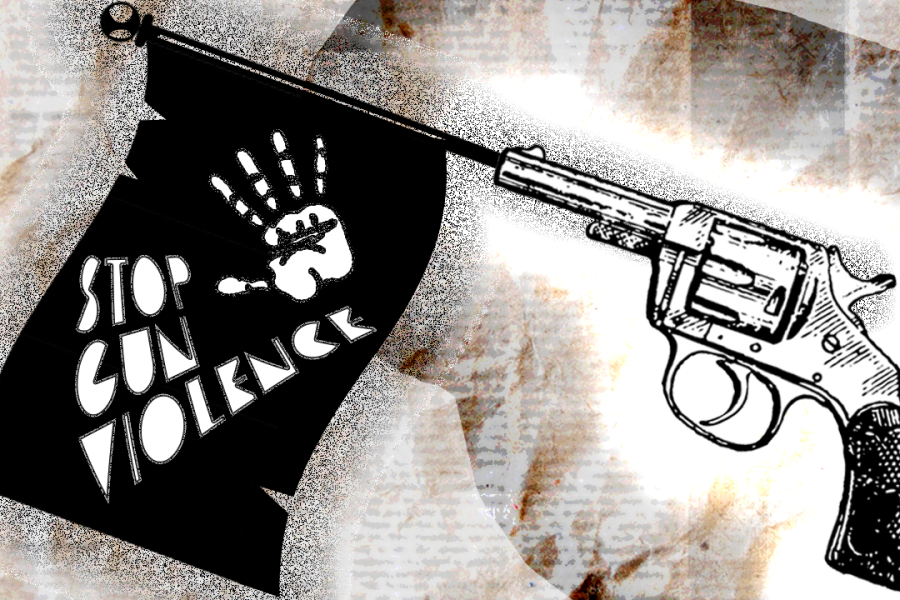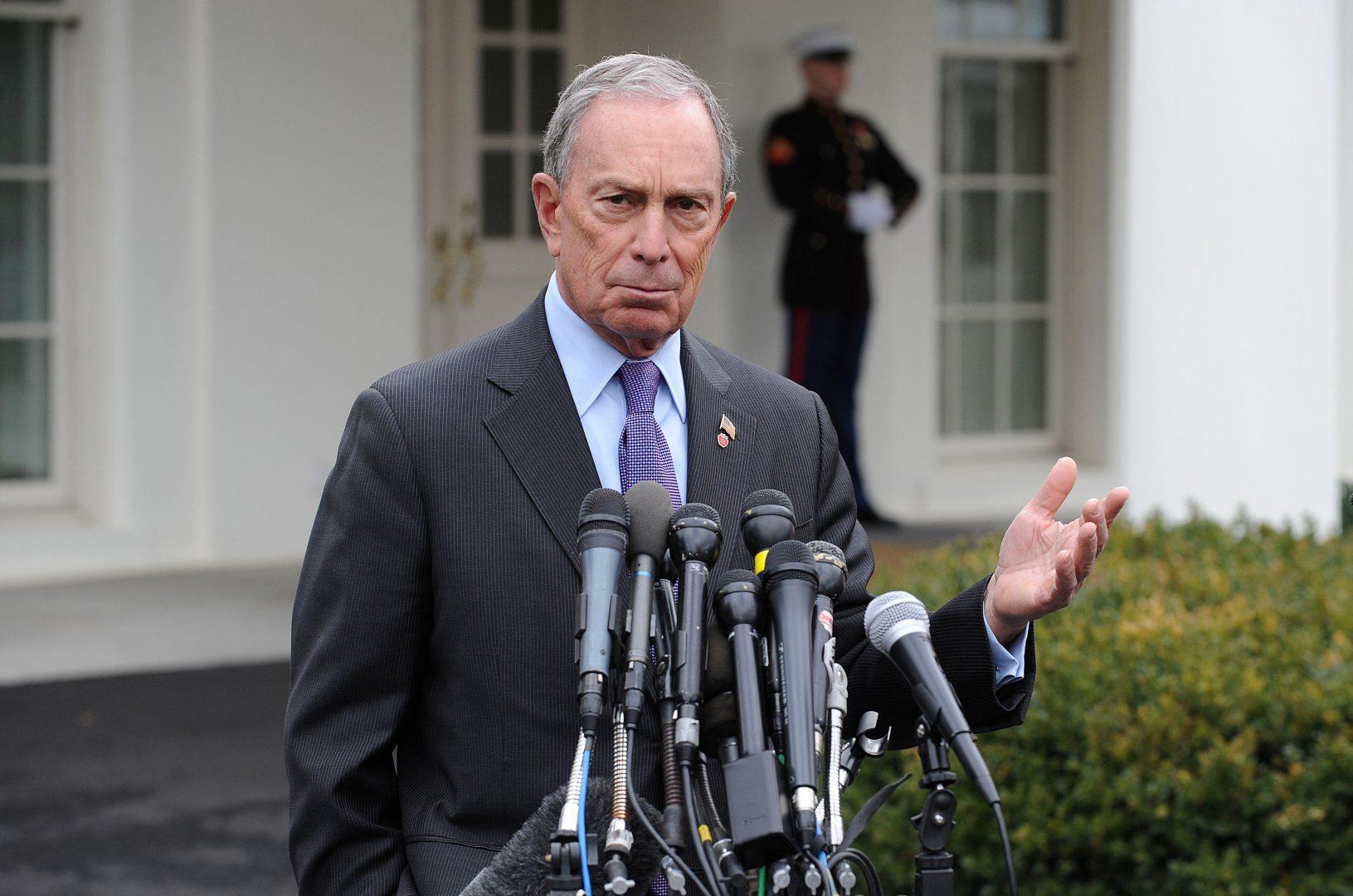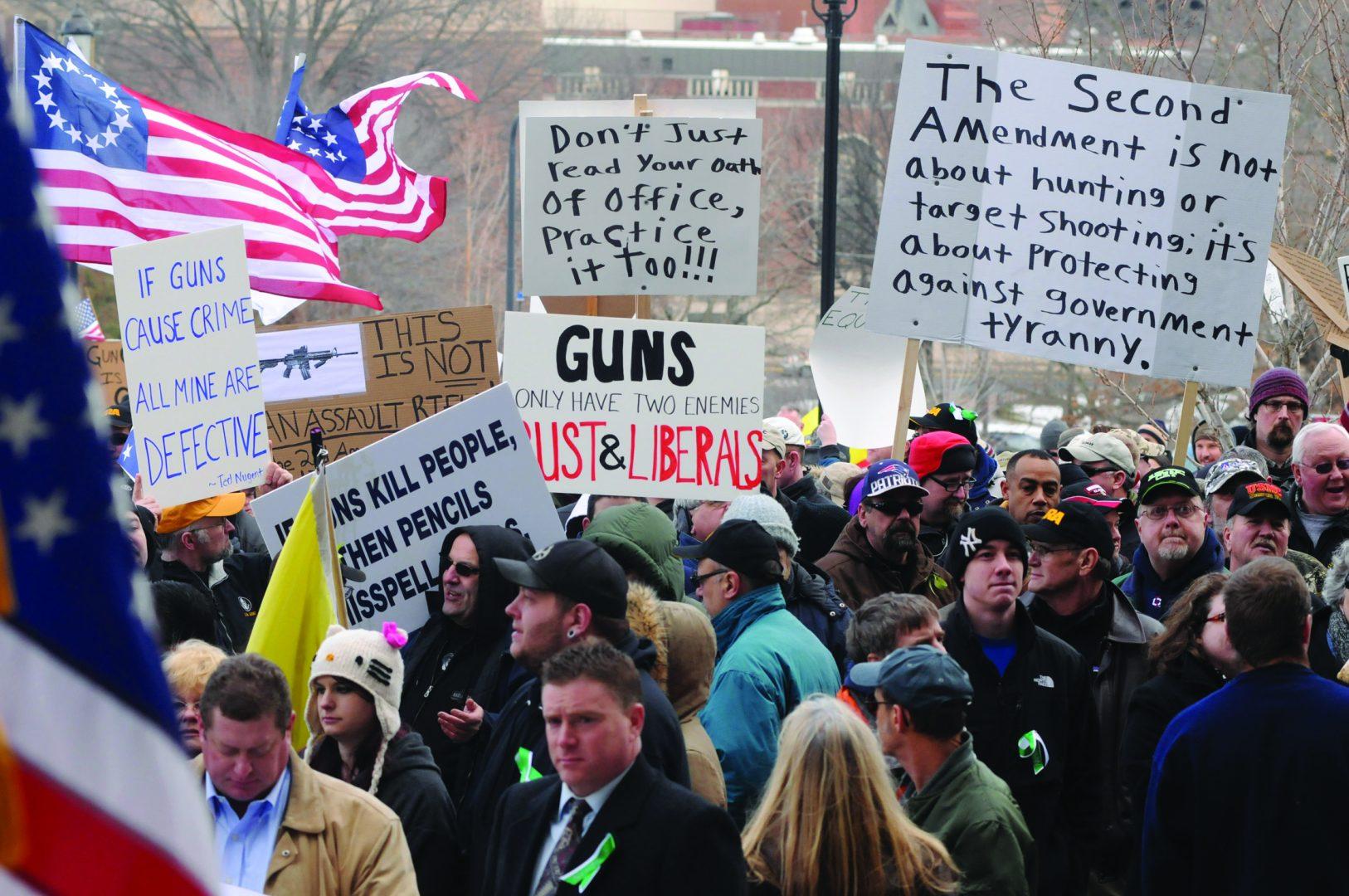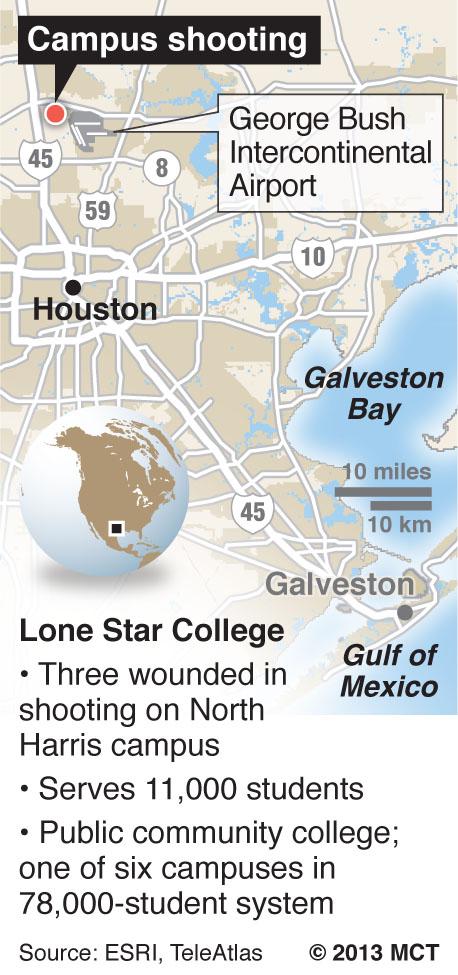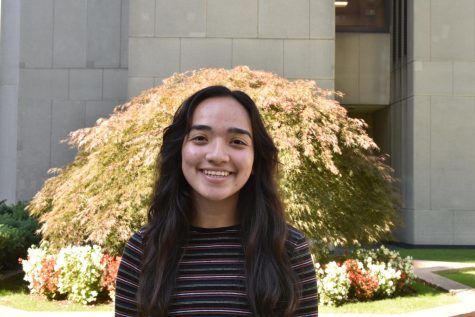School’s Out, But Gun Violence Remains
After another mass shooting, it is important to examine the pattern behind these tragedies in the context of recent developments in federal law
July 7, 2022
On May 24, 2022, news cycles and social media platforms greeted us with the faces of smiling kids, eyes still full of hope and wonder, alongside headlines such as “Deadliest U.S. School Shooting in Decade” and “The kids are not alright”. Of the 21 people who lost their lives at the Uvalde shooting at Robb Elementary School in Texas, 19 of them were children. Seventeen others were injured, but survived. The number of people who were irreparably damaged by the gunman is much higher.
The shooter, 18-year-old Salvador Ramos, was reported to authorities for posting disturbing commentary on social media platforms long before the massacre. More recent reports included him alluding to an upcoming event and brandishing his two AR-15 style rifles online.
These reports were largely ignored.
Less than two weeks prior to the attack, a white supremacist traveled hours to open fire at a grocery store in a predominantly Black neighborhood of Buffalo, New York, killing 10 and injuring three more. His motivations were fueled by alt-right, racist conspiracies. Even though he was hospitalized a year earlier for troubling and potentially violent language in school, he was still able to purchase a gun at 18. He announced his plans in an online manifesto before the attack and livestreamed the massacre on Twitch.
The fight over gun control has remained on the Supreme Court docket, but the consequences of inadequate gun protections seem to have been forgotten. On June 23, the Supreme Court struck down a New York law that made it illegal to carry a concealed firearm without a license. Now, New York and New Jersey lawmakers are struggling to limit the scope of gun violence by making certain places “off-limits” for carrying guns.
On June 26, I was at Washington Square Park during the Pride Parade when someone set off fireworks, sending crowds of people running for their lives and away from the perceived threat of a mass shooter. The threat suddenly seemed obvious: Of course a crowded place like Washington Square Park would attract a mass shooter on Pride. It felt foreseeable. There was a moment, after the first wave of panic, where people began holding each other up as we shuffled out of Washington Square Park in droves. “Look out for one another,” said one man to my left. “We will get through this.”
People should not have to foresee preventable tragedies brought about by gun violence.
People should not have to foresee preventable tragedies brought about by gun violence.
Gun control is not just about the two teachers and 19 students who were shot in May, the students who suffered at YES College Prep in Houston, Texas, back in October, or the thousands of others who have been killed, injured or traumatized by school shootings. Gun violence is not a string of isolated incidents, and we need stricter gun control laws in order to protect human beings from deadly weapons. This issue is about feeling safe in our homes, neighborhoods, schools, workplaces, grocery stores, places of worship and favorite parks.
Make no mistake — these events will keep occurring if the law and political culture allows them to. If the law supports the assertion that guns are more important than the lives they take, people will act accordingly.
Both gunmen in the Buffalo and Uvalde shootings purchased their guns legally. Both displayed warning signs and were not properly flagged or vetted. It should not be the job of teachers to risk their lives to save their students from killers, nor should going to school and obtaining an education be life-threatening. School should be a safe place for children to learn and grow. People should not have to worry about a mass shooting whenever they step into a crowded area.
Current federal laws surrounding gun control are deficient. Lawmakers have continued to demonstrate that the Second Amendment is more important than the health and safety of their constituents. With midterms coming up in November, it is now up to voters to elect representatives who prioritize these issues.

